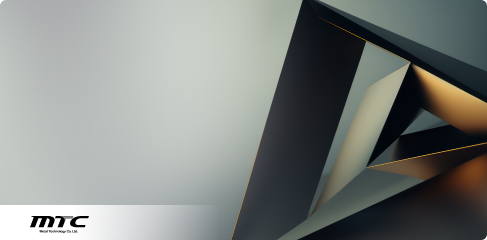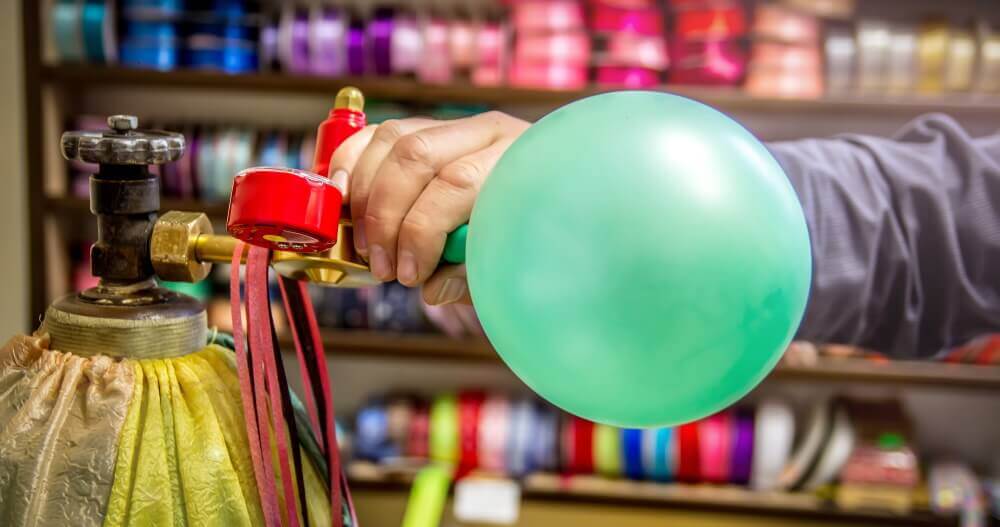
Easy-to-understand explanation of Super Plastic Forming in a Q & A format
What do you imagine when you hear the
words “Super Plastic Forming”? When you read academic and professional articles on
the topic, they can be inaccessible and challenging for those who do not know about
the technology. Here, we try to present an easy to understand and accessible
explanation on Super Plastic Forming (SPF).
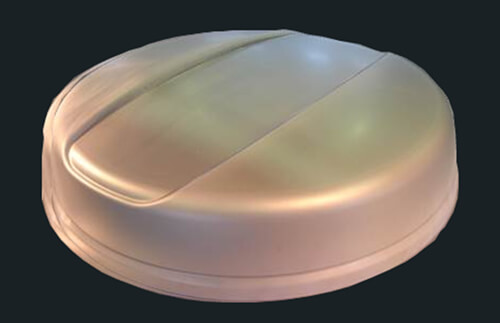
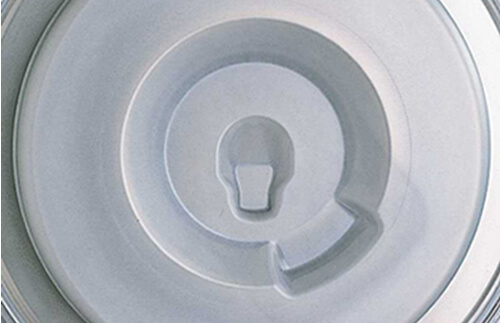
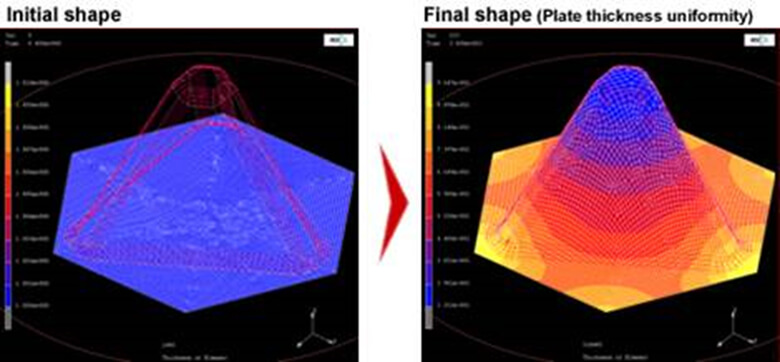
What’s SPF?
SPF is a metal processing technology of
which there are various ways that are available to shape and model metal. Such
processes as cutting with a drill, bending with a press, and melting and bonding or
welding. All of these are dependent on the application the metal will be used or
applied to. Among these processes’ SPF is a technique which inflates and stretches
metal almost like a balloon.
Why does it inflate?
Generally, the process of inflating is
when a metal material is raised up to a certain temperature and pulled. At this
point it expands due to the occurrence of what is known as “grain boundary slip”.
This is called a superplastic phenomenon.
Does any metal stretch?
The types of metal that stretch are
limited. Currently, aluminum alloys and titanium alloys are the main metals used for
SPF. There are also magnesium alloys, stainless steel alloys and super heat
resistant alloys. If you have material with larger and smaller grains then you can
assume that the smaller of the grains will be the ones to expand more.
How can you inflate it?
- Put the mold in the heating furnace and heat it.
- Set the material between the upper lid and the lower mold.
- After heating to the superplastic temperature, press the upper lid.
- Enter gas from the upper lid.
- The material inflates and sticks to the mold.
- Take out the mold from the heating furnace and take out the inflated material.
See the figure below.

How much does the mold cost?
It depends on the material and size of
the mold. If the product is an aluminum alloy, the mold material is usually
constructed from iron. If it is a titanium alloy, the mold will usually be made from
stainless steel. And it is proportional to the size of the product being
manufactured too. However, as you can see from the figures, the mold is only on the
lower side, so the raw material cost and processing cost are cheaper than making
both upper and lower molds to form your part.
Take out the material. It is shown in the figure below.
Take out the material. It is shown in the figure below.
What kind of shape can we manufacture?
There are elements that you must be aware
of. For example if the thickness of the material is stretched out to far or under
too much stress then, just like a balloon, it will pop. Or if the shape has an
overhang, that is, the mold is in the shape of a jar, the material sticks to the
mold and cannot be removed.
What are some of the applications for this technology?
This technology is used in a variety of applications
from
your everyday household item like a frying pan, to parts that you usually would not
see such as aerospace structural parts. In some special applications SPF has also
been used to make ornaments due to being able to express even complex surfaces and
shapes.
If you want to find out more or have any questions, please don’t hesitate to contact us.
If you want to find out more or have any questions, please don’t hesitate to contact us.

